
Tattoos are now more than a trend and have become an established part of mainstream culture. Men and women of all ages and backgrounds are enthusiastically getting various parts of their bodies inked.
However, as accepted and widespread as tattoos are, they are still a serious commitment.
You should never get even the smallest tattoo without careful consideration. With this in mind, the following are the 10 top things to consider before getting inked on any part of your body.
1. Think Long-Term
A tattoo isn’t a piece of jewelry you can take on and off when you feel like it. If you get tired of your design, you can’t sell it or give it away.
Removing a tattoo is a complicated and expensive process. That’s why you should carefully consider any design before committing to it.
For example, think really hard before getting a tattoo of a person’s name or initials. You may be madly in love with someone today but do you really want to be walking around with an ex’s name on your body 20 years from now?
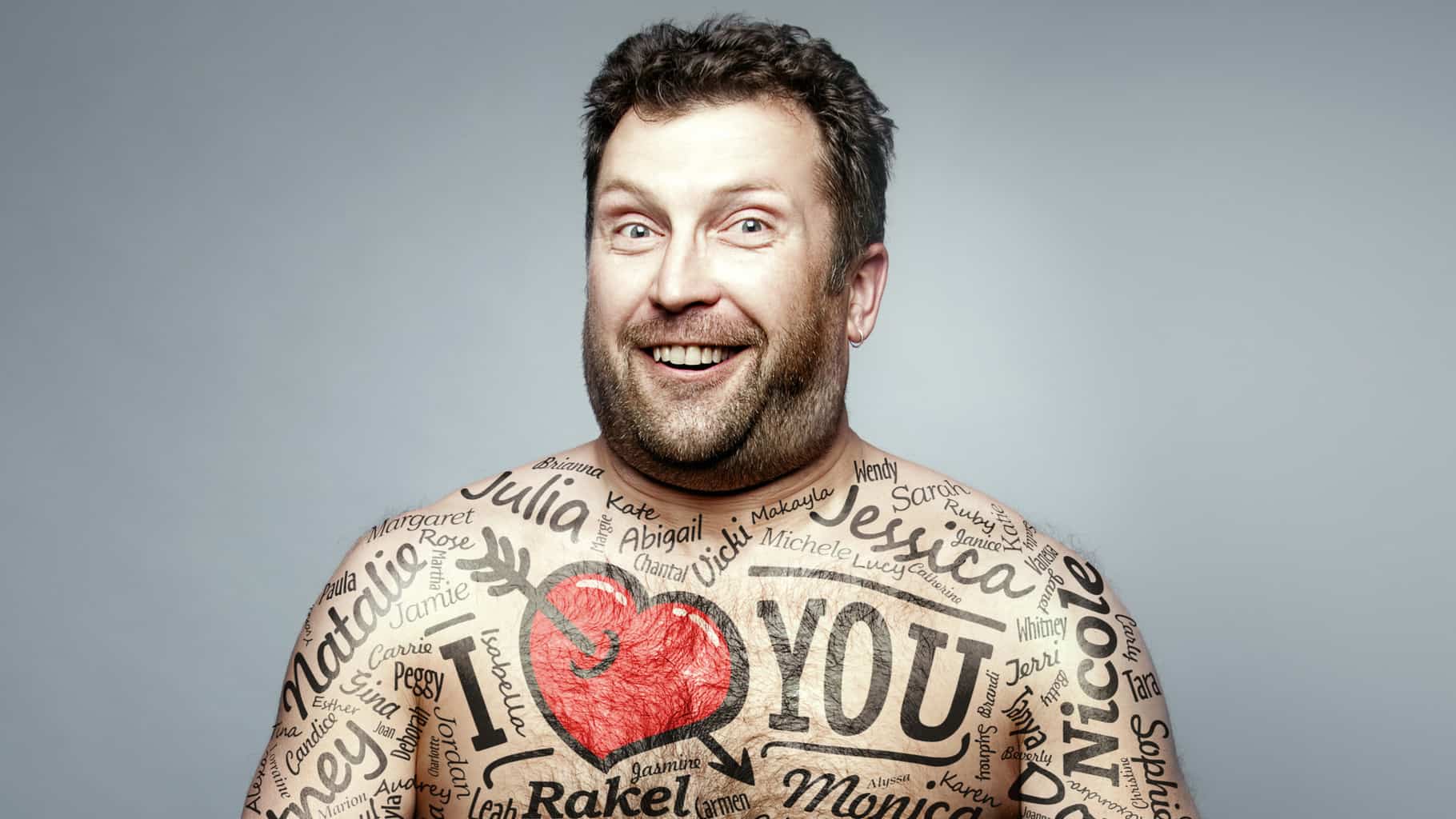
If you’re in your teens or early 20s, be extra cautious about your design. People go through lots of changes in taste when they’re young.
Your favorite person, band, celebrity, political slogan, or movie reference may be something you barely remember in 5 years.

Getting a tattoo on impulse is seldom a good idea. For one thing, the best tattoo artists are usually in demand and require an appointment. Furthermore, you really need time to think about and plan your design.
Here are a few examples of when you should not get inked:
- While intoxicated.
- On vacation.
- Late at night.
- When tagging as your friend/boyfriend/girlfriend is getting inked.
- You haven’t researched the symbol. Many people have found that a Japanese character or tribal design doesn’t mean what they thought.
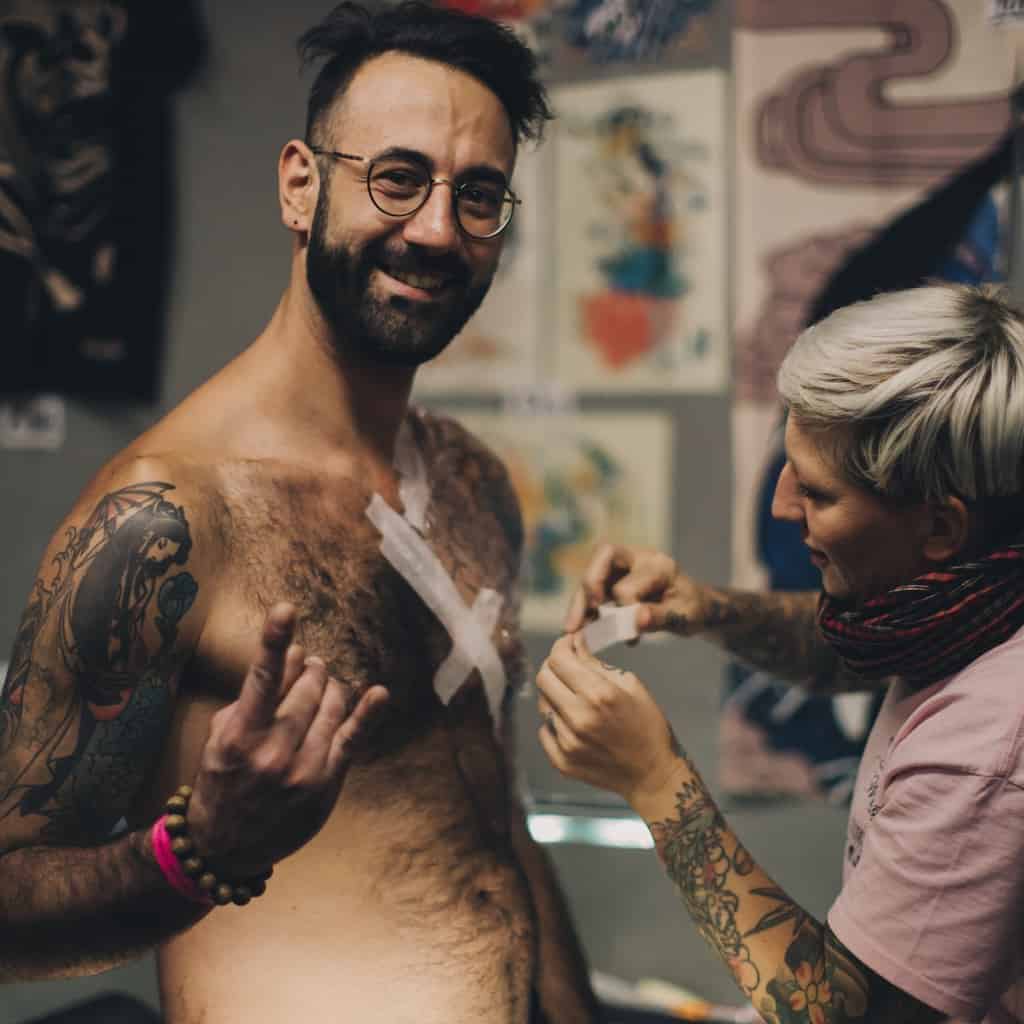
2. Consider the Possible Consequences
It’s true that tattoos are more accepted and mainstream than ever before. That said, the kind of design you have, where on your body it is, and the social context still make a big difference.
Many people who get tattoos pride themselves on their independence and often have a strong rebellious streak. That’s fine. However, it’s best to balance your individuality with practical considerations.

If you’re planning for a career in a conservative field such as finance, for example, getting a neck or face tattoo isn’t the best idea. If you still have no idea what you’ll ultimately do, you might want to leave your options open.
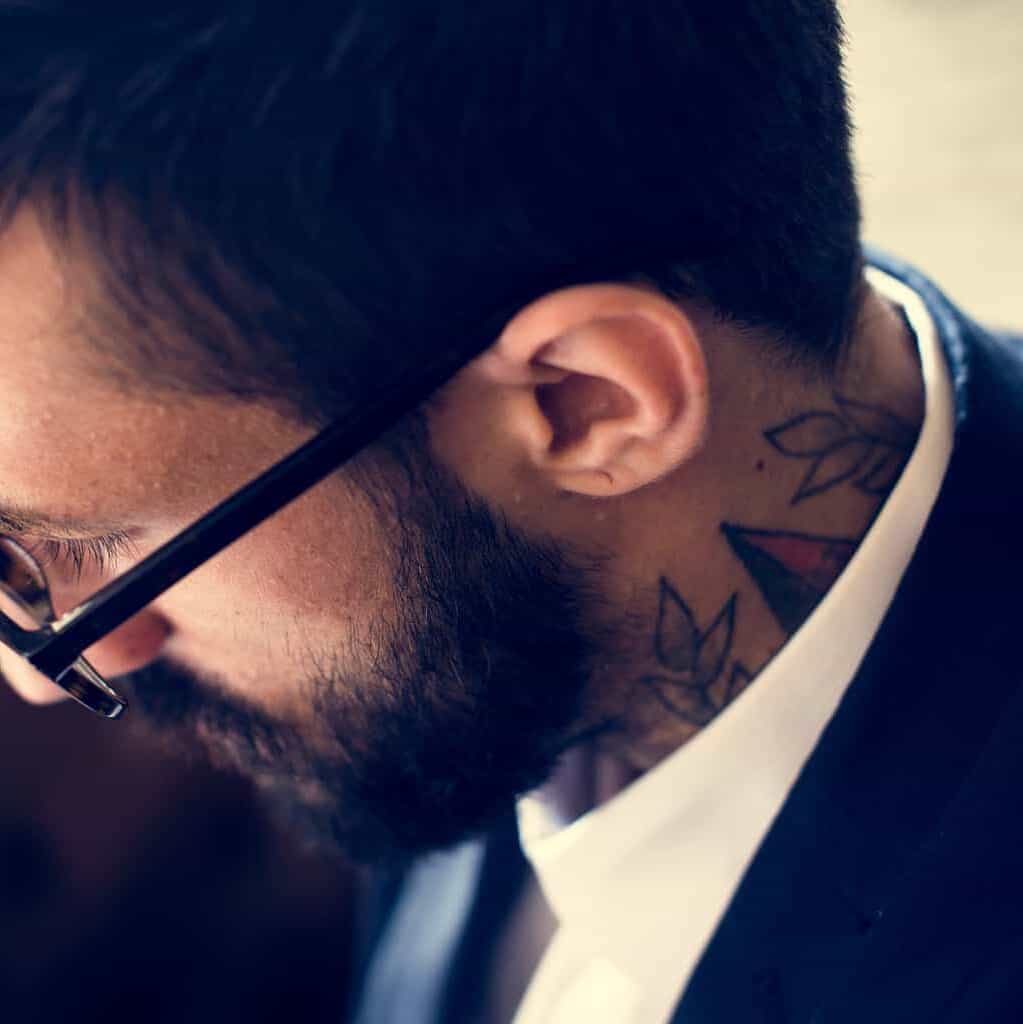
Depending on your background, a tattoo may result in you getting flack from family members, close friends, fellow students or employees, or others with whom you come into contact.
Once again, you might think that you don’t care what other people say.
However, it’s still better to at least consider the impact of getting a big red devil tattoo on your neck when your whole family is deeply religious.
It’s your choice, but you should at least acknowledge the likely consequences such as tense holiday dinners for many years to come.
3. Start Small

If you’re contemplating your very first tattoo, don’t make it a huge piece that covers your entire back. Start small and see how it feels to live with the design.
Fortunately, micro tattoos are now a big trend, even for people with lots of ink on their bodies. A micro tattoo is especially appropriate, however, for newbies.
On a related note, it’s best to get your first tattoo in a relatively low-key body area. Don’t start with a design in a highly visible area such as your neck, face or even hands.
From an esthetic point of view, remember that small tattoos can be just as impressive as larger ones. In many cases, it takes even more skill to render a quality design that’s smaller than a larger one.
If you do end up opting for a micro tattoo, be sure to find an artist who’s experienced with this format.
4. Shop Around For a Tattoo Artist

One of the most important considerations of all when considering a tattoo is who’s going to do it. For some reason, people who are new to body art don’t always give this nearly enough thought.
Getting a tattoo is not like getting a haircut where if you don’t like the results you can get it redone in a month.
It’s true that badly rendered tattoos can be retouched. However, it’s a complicated process and seldom perfect. You really want to get your design done properly the first time.
There are a few points to keep in mind when choosing an artist. Experience and reputation count when it comes to body art. If your best friend is training to be a tattoo artist, he or she might be eager to practice on you.
Once again, a tattoo is forever. Choose an experienced artist, preferably someone with lots of positive reviews and testimonials. You also want to be sure that the artist’s style is a good match for your own tastes.
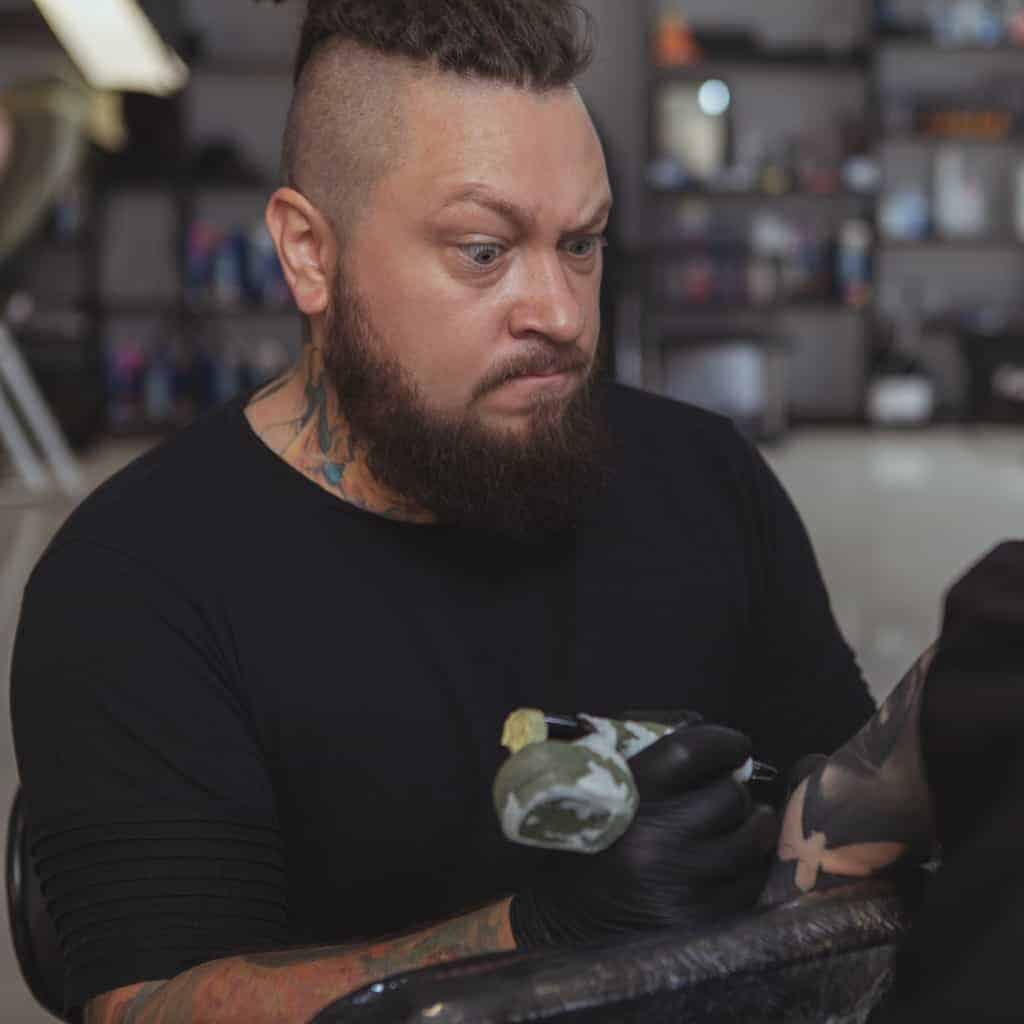
Even the most skilled tattoo artist isn’t right for everyone. If you want a particular type of design, be sure to choose someone who’s experienced in that area.
Someone who specializes in photorealism may not be the best choice for tribal designs. Take a careful look at an artist’s portfolio.
Most artists have websites on which you can browse their work. It’s also good to visit the studio and look through their portfolios.
5. Collaborate With the Tattoo Artist
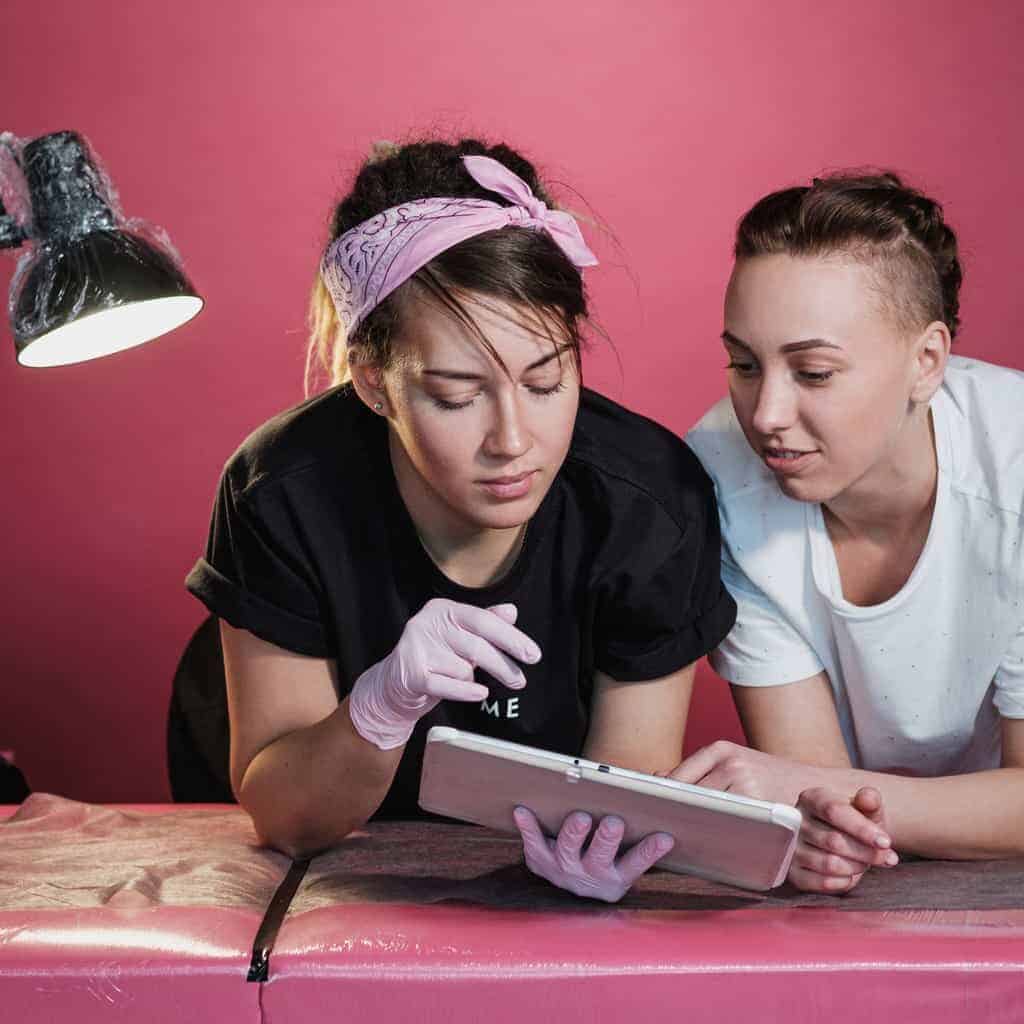
The best tattoo art is a partnership between the client and the artist. You initiate the process by bringing the artist an idea, such as an image you’re attracted to.
You can be inspired by any type of art or image, not only other tattoos. You could show the artist a painting, religious or esoteric symbol, photo, or anything else that catches your eye.
Listen to the artist’s suggestions. While you may think you know what you want, he or she has valuable experience when it comes to knowing how something will actually look on your skin. At the same time, the artist should listen to you as well.
Before the actual work begins, be sure to look carefully at the artist’s sketch. Check out any details, such as the spelling of any words, perspective, colors, and other features.
You want to be completely aware of what the design will look like before any ink is applied to your skin.
6. Know Your Pain Threshold
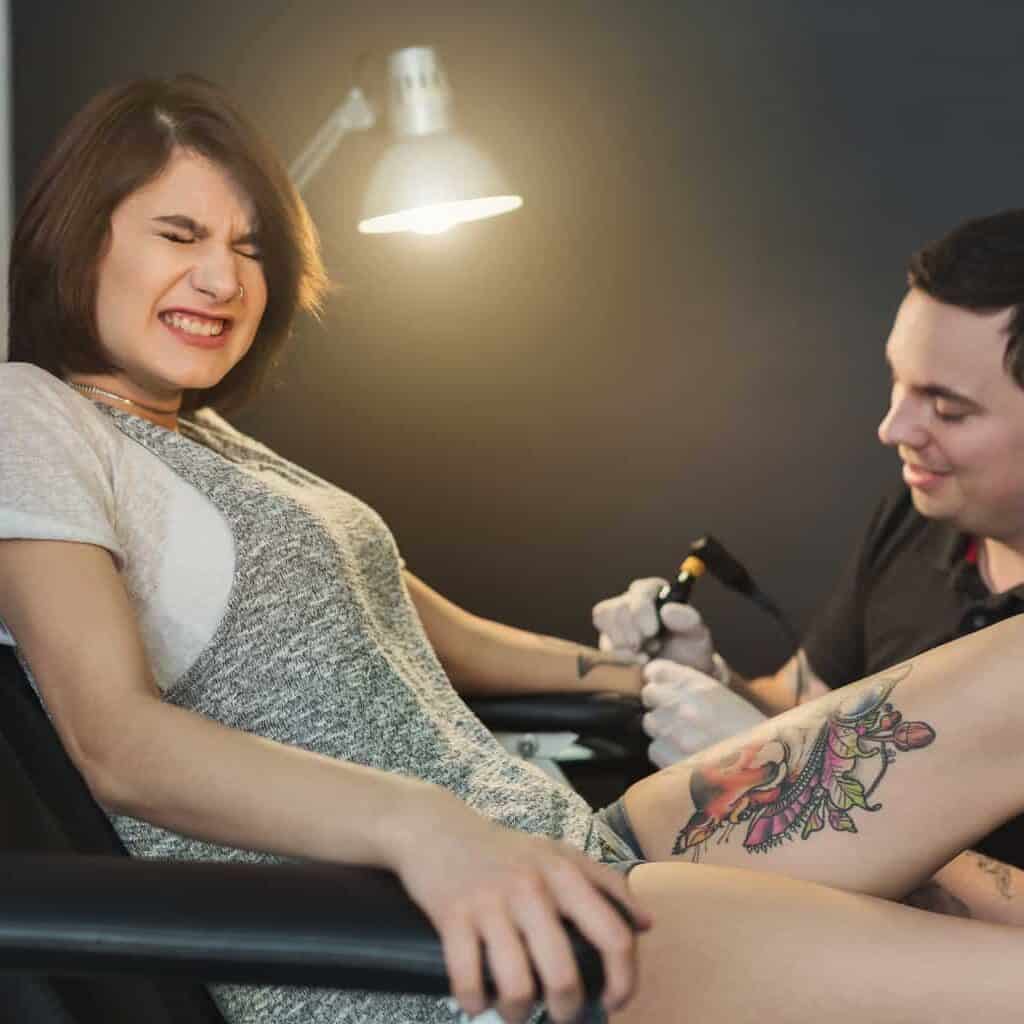
There’s no escaping the fact that getting a tattoo can be a painful experience. The amount of discomfort you experience depends on several factors.
The part of your body getting tattooed makes a big difference. The spine, the inner bicep, nipples, and elbows, for example, are quite sensitive areas.
There are individual differences when it comes to sensitivity and threshold for pain. The complexity of the design also comes into play. Enduring a needle for 20 minutes is not the same as getting a tattoo that takes 4 hours.
If you’re serious about getting a tattoo, you’re probably willing to endure a little discomfort. However, you shouldn’t overlook this aspect of the process.
7. Keep Safety in Mind
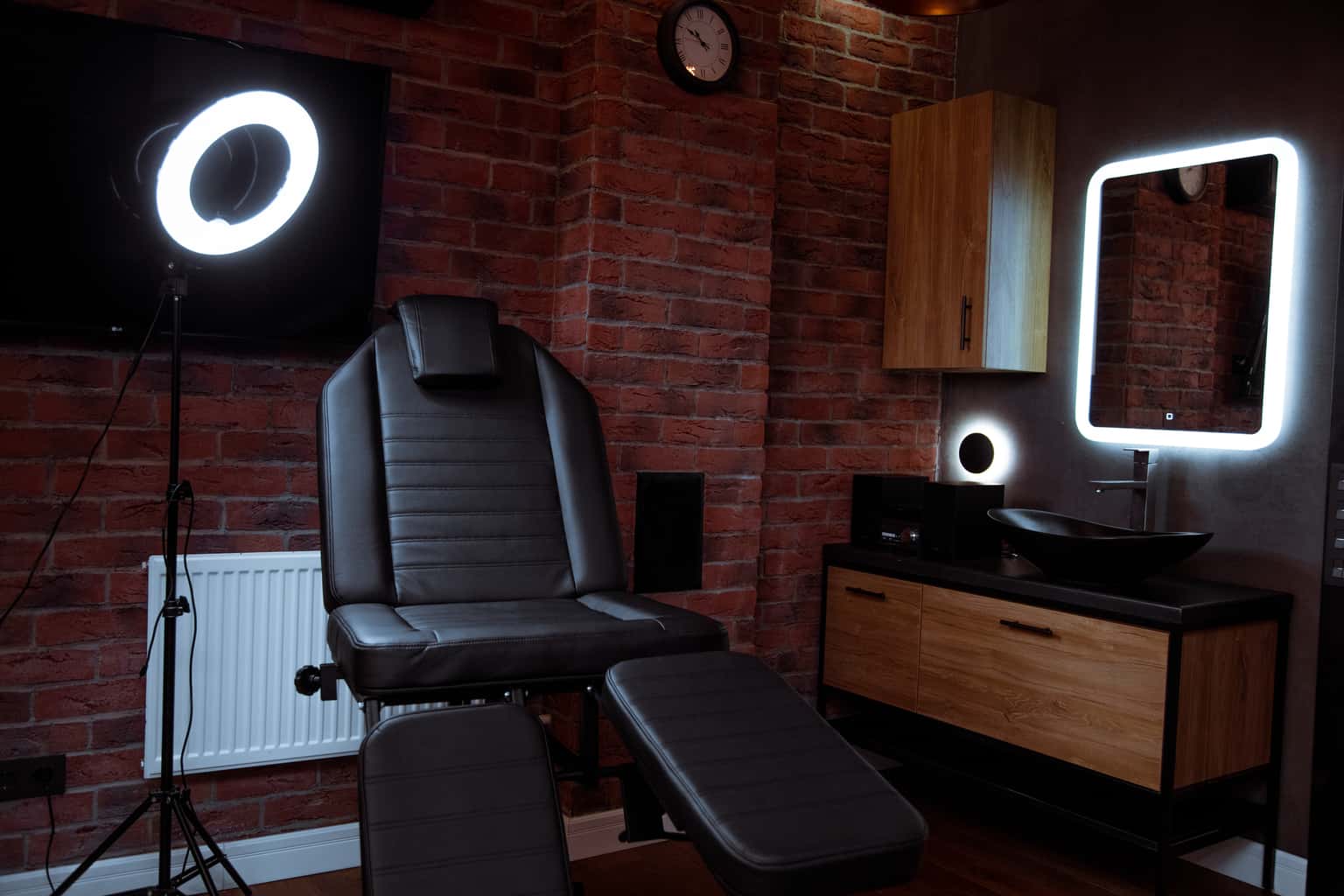
People who don’t understand or who fear body art often exaggerate the dangers of getting a tattoo. At the same time, there are some important precautions to keep in mind.
Anytime someone is piercing your skin, whether it’s to give you an injection, draw blood, or apply ink to your body, it’s essential that safety and hygienic procedures be followed.
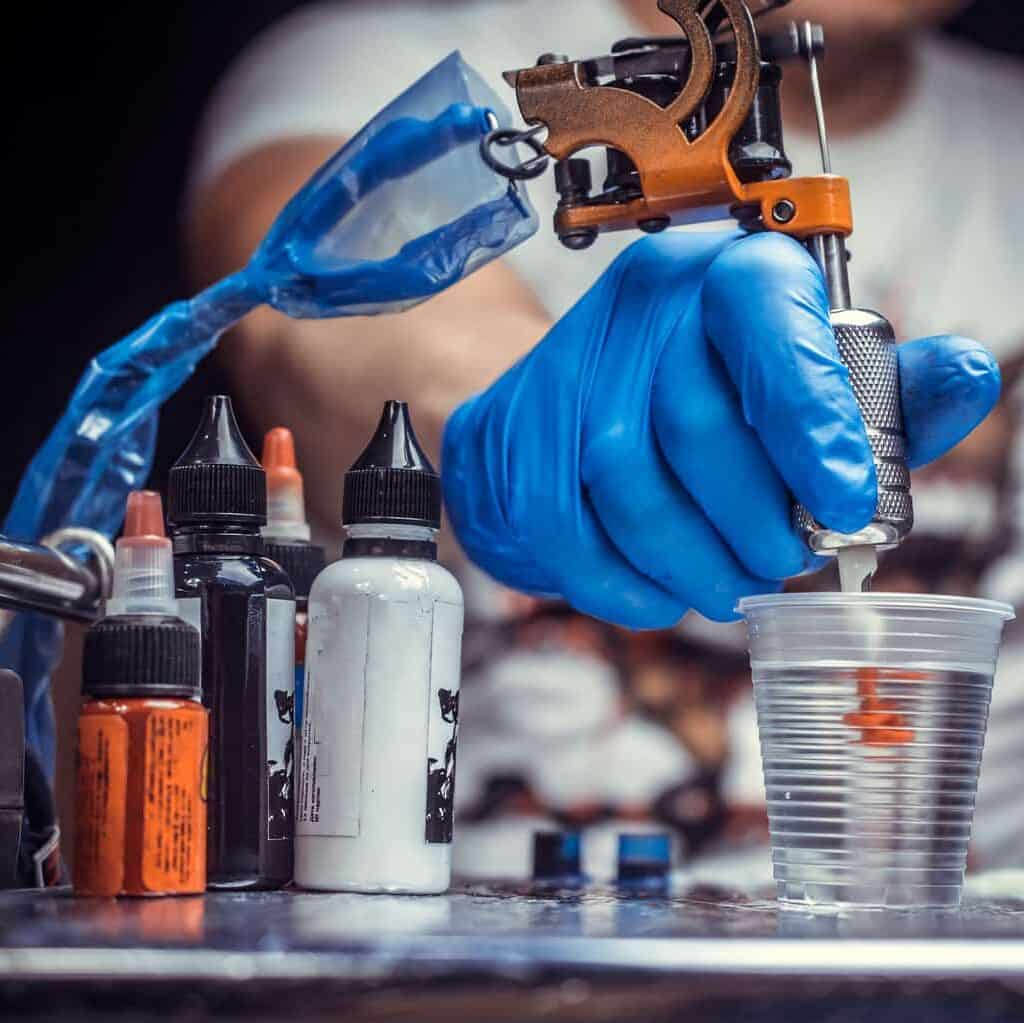
Always choose a studio that’s compliant with local and state laws. Someone who’s casual about violating laws may not worry about safeguarding your health. Depending on where you live, tattoo studios may be required to get a license.
In addition to the studio’s legal status, there are some basic protocols that should always be followed:
- Needles should be taken from sealed, single-use, sterile packages.
- The artist should wear disposable gloves, similar to those used for medical procedures.
- The studio should be clean and well-organized. It’s not a good sign if the room is a chaotic mess.
- Ask the artist what kind of ink he or she uses. It’s preferable to use ink made by established manufacturers. Even better is ink made organically without potentially toxic or allergenic metals such as mercury. Red pigments, in particular, often contain heavy metals.
- Inquire about the studio’s sterilization procedures. A reputable establishment will be forthcoming about sharing such information.
8. Consider Your Budget

There’s a wide spectrum when it comes to how much tattoos cost. Depending on the artist, the size of the design, and how long the work takes, you can pay anything from $50 to several thousand dollars.
You have to consider your budget before getting a tattoo.
If you have less than $100 in the bank that you need for rent, now isn’t the time to get a large, detailed tattoo. Nor is maxing out your credit card to ink your body the wisest financial decision to make.
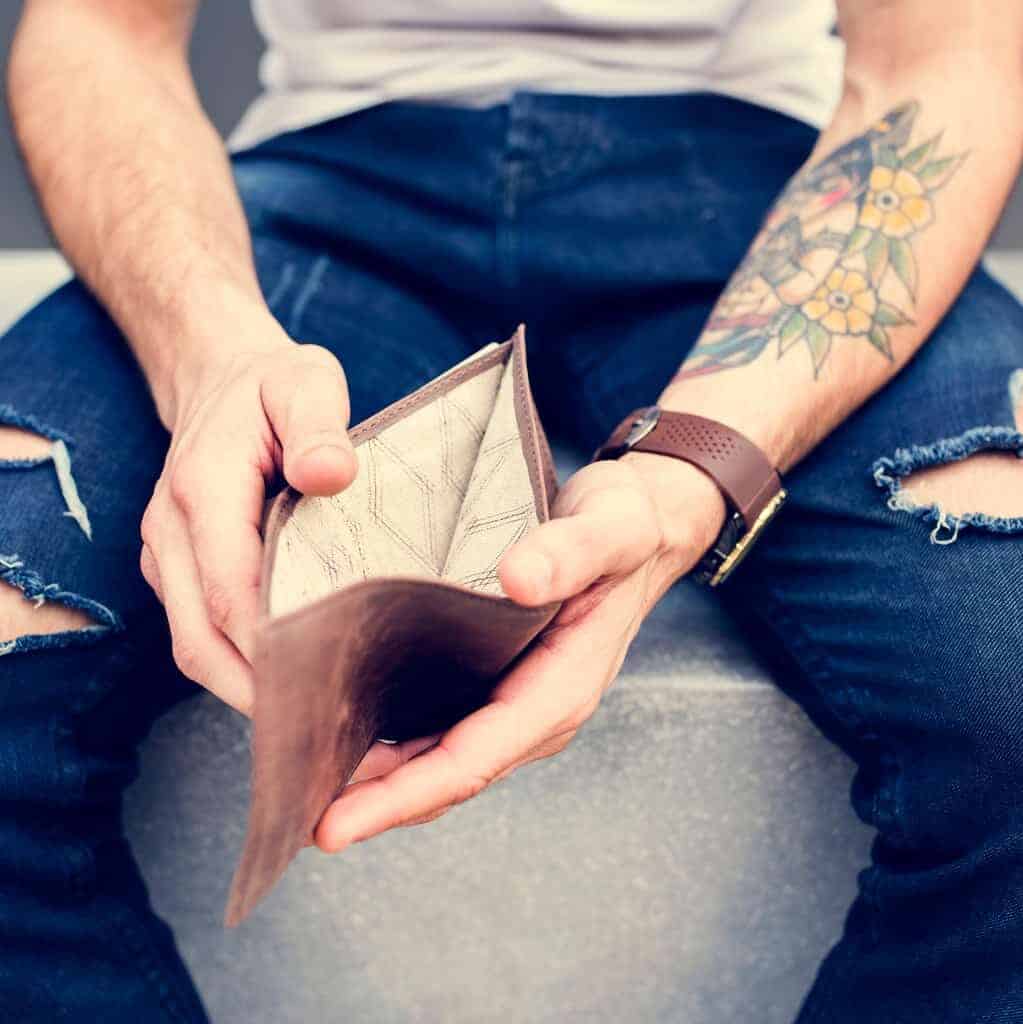
If your budget is limited, consider postponing your tattoo rather than compromising on a cheaper one. There’s no point in getting an affordable tattoo that you aren’t going to love.
Keep in mind that a tattoo is a work of art rather than a practical item.
If you can’t afford your dream car, you’ll probably buy a cheaper one because you still need transportation. You don’t need a tattoo, though. So you may as well hold out for the design and artist that’s ideal for you.
You also don’t want to haggle when it comes to price. Tattoo artists, like any type of artist, take pride in their work and don’t appreciate customers who want to bargain them down.
9. Balance Trendiness and Uniqueness

When choosing tattoo designs, it’s good to consider both the latest trends and your own individual tastes. It’s helpful to be familiar with the most popular designs.
You want to know your options and seeing what others are doing can spark ideas.
At the same time, ask yourself if a particular design is likely to age well. Certain images that are all the rage right now might look dated in 5 years.
You probably don’t want to get the exact same tattoo that thousands of other people are getting. Think of ways to put your own spin on a popular idea.
You might combine a trendy symbol or character with another, more quirky or personally relevant image. Many tattoo artists enjoy the challenge of combining styles and coming up with unique images.
10. Be Prepared for Aftercare
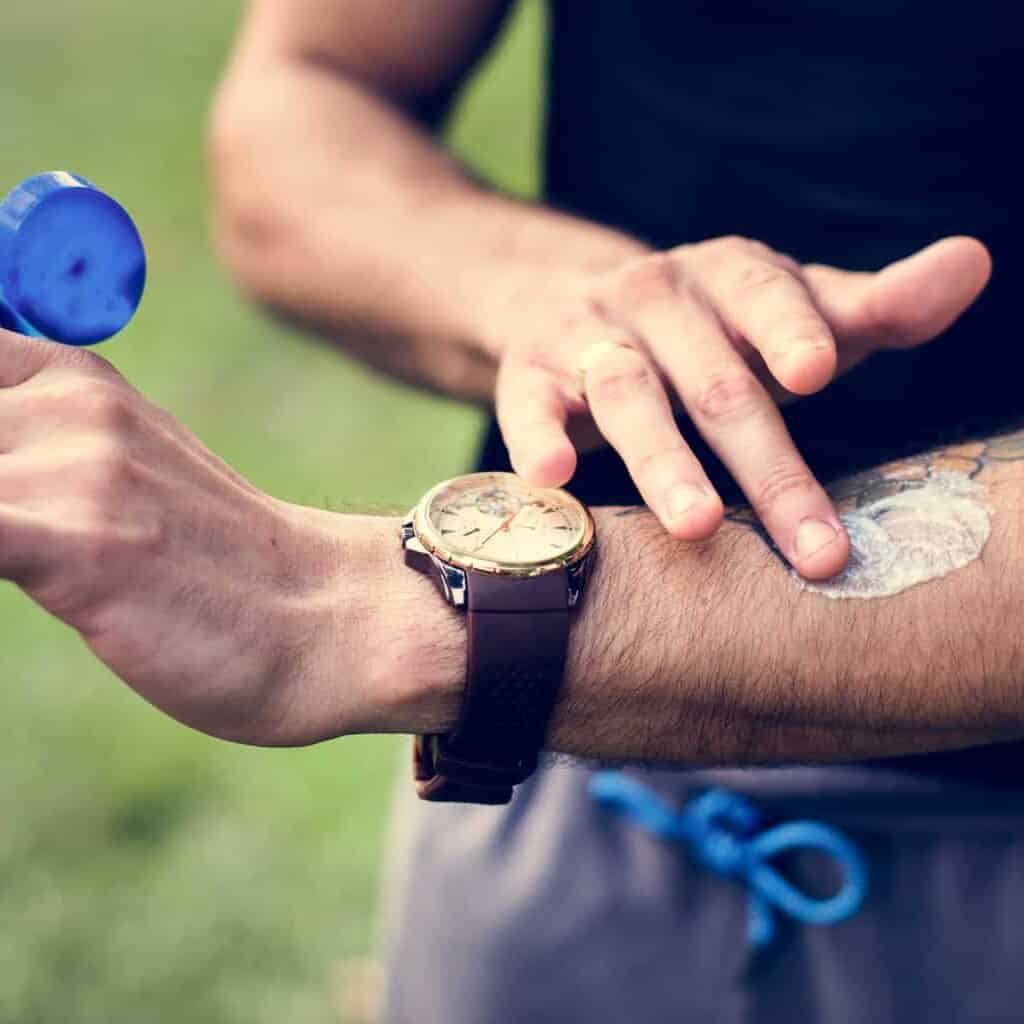
The tattooing process doesn’t end when the design is complete. You also have to take good care of your skin afterwards. It’s very easy to damage a new tattoo by exposing it to the elements.
You’ll need to protect your skin and wash the area several times per day. The studio should provide you with the appropriate products and advice for proper care.
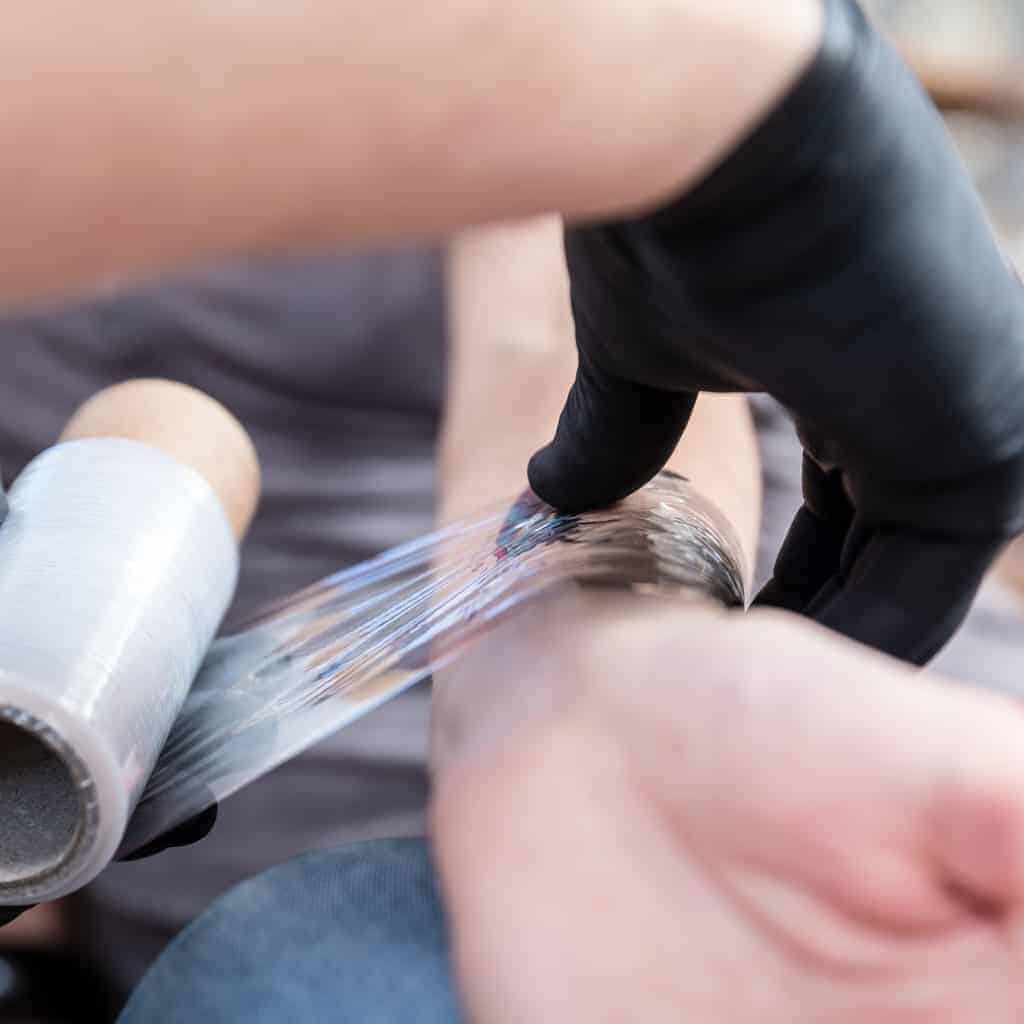
Don’t make the mistake of exposing your new tattoo to direct sunlight. You have to be especially careful in the summer or if you’re near the beach. The sun can cause skin irritation as well as the fading of ink.
You’ll also want to stay out of the water until your skin is fully healed. You can protect it with a bandage when you shower. You’ll have plenty of time to flaunt your tattoo. Make sure you protect it fully while your skin heals.
Enjoy Your Tattoo

Tattoos are really coming into their own as an art form. To really get the most out of body art, you have to participate in the process consciously.
This means carefully choosing the right design, artist, and area of the body to get inked. If you have any doubts, put it off. You can always get your tattoo when the time is right.

